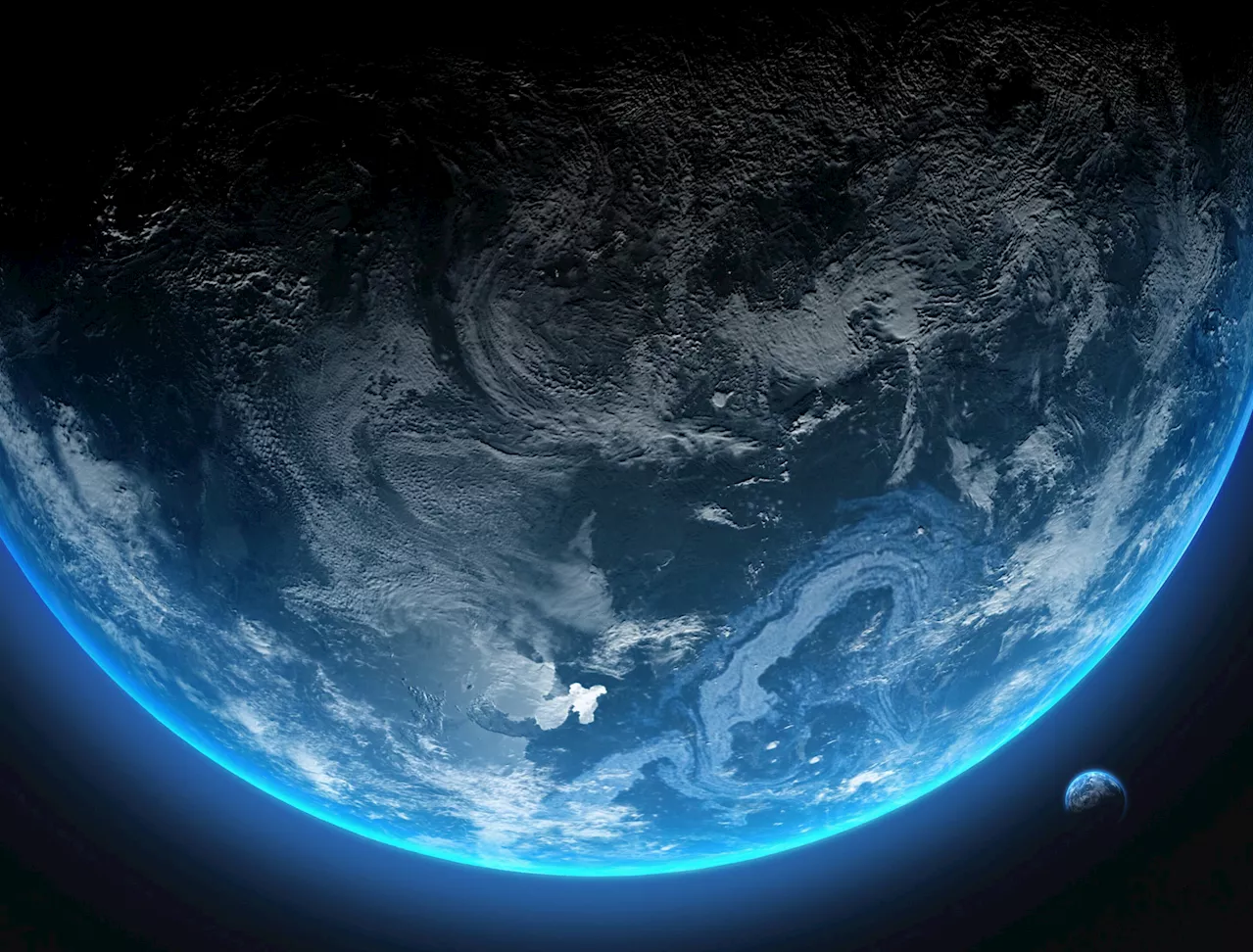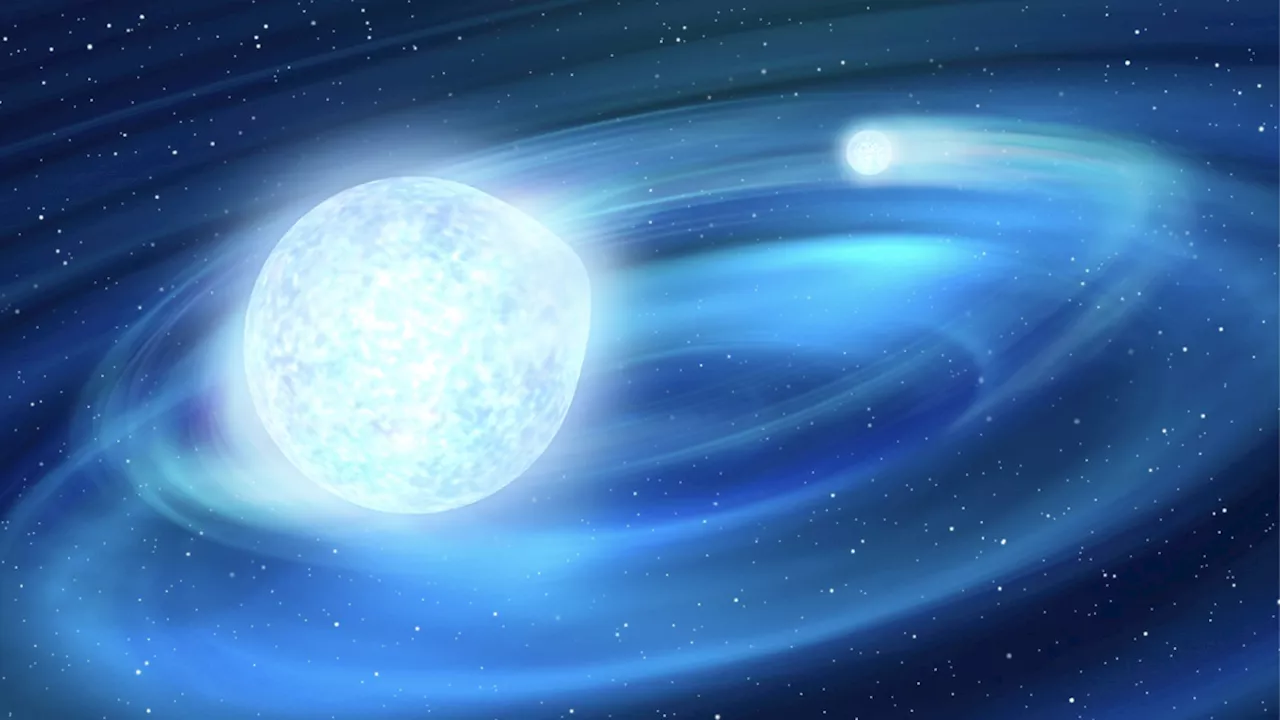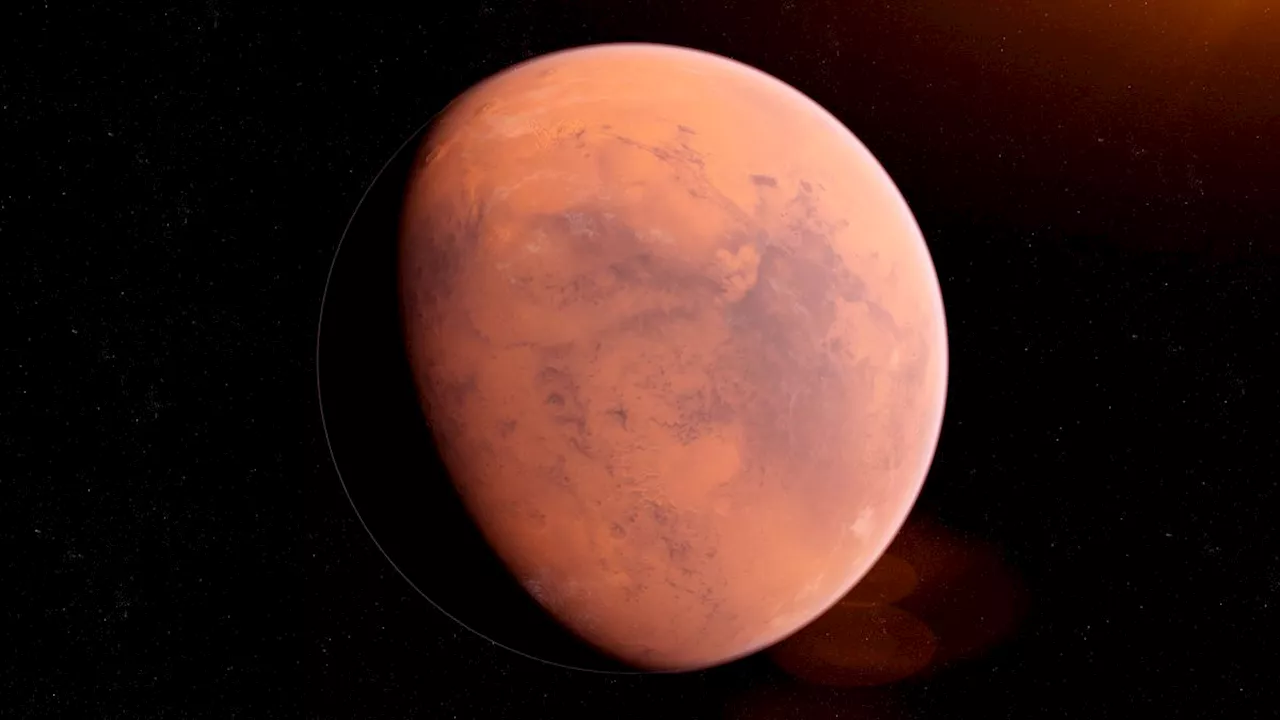Hundreds of millions of years later, these species are nearly indistinguishable from their prehistoric ancestors.
A horseshoe crab is seen swimming along the sea floor in coastal waters surrounding the Philippines. Horseshoe crabs are considered"living fossils", species that appear largely unchanged from their fossilized ancestors. On beaches spanning the Atlantic Coast from Maine down to the gulf of Mexico, thousands of murky brown shells carpet the sand.
Living fossils are also scarce, often the last of their kind, with no close relatives alive today, and they tend to thrive in marine environments because it is easier to sidestep extinction events deep in the ocean.This primordial, helmetlike arthropod scuttled across the sandy ocean floors from as early as the Paleozoic , sharing the seas with long gone icons of prehistory such as Trilobites, a hard shelled, insect-like creature and Orthoceras, a strange, conically shelled cephalopod.
The nautilus is a mollusk that has survived on Earth for about 500 million years, but today, they're endangered by shell collectors.Nautiluses, near mythic marine mollusks characterized by their multi-chambered shell and pinholed gaze, float through the inky twilight of the deep pelagic. “They are also superb at finding dead food," continues Ward. “These are obligate scavengers. They have no vision and stay out of the light.”
However, to the world’s surprise, the “coelacanth was dredged up in the 1930s off South Africa, and known as a fossil before it was discovered alive” says Scott Lidgard, emeritus curator of fossil invertebrates at the Field Museum. “Starting in the 1990s, molecular geneticists began examining the two species of living coelacanths, eventually finding that there are parts of the genome that appear to be rapidly evolving.
United States Latest News, United States Headlines
Similar News:You can also read news stories similar to this one that we have collected from other news sources.
 Earth's early evolution: Fresh insights from rocks formed 3.5 billion years agoOur Earth is around 4.5 billion years old. Way back in its earliest years, vast oceans dominated. There were frequent volcanic eruptions and, because there was no free oxygen in the atmosphere, there was no ozone layer. It was a dynamic and evolving planet.
Earth's early evolution: Fresh insights from rocks formed 3.5 billion years agoOur Earth is around 4.5 billion years old. Way back in its earliest years, vast oceans dominated. There were frequent volcanic eruptions and, because there was no free oxygen in the atmosphere, there was no ozone layer. It was a dynamic and evolving planet.
Read more »
 For this dead star, 72 years is a single Earth dayRobert Lea is a science journalist in the U.K. whose articles have been published in Physics World, New Scientist, Astronomy Magazine, All About Space, Newsweek and ZME Science. He also writes about science communication for Elsevier and the European Journal of Physics. Rob holds a bachelor of science degree in physics and astronomy from the U.K.
For this dead star, 72 years is a single Earth dayRobert Lea is a science journalist in the U.K. whose articles have been published in Physics World, New Scientist, Astronomy Magazine, All About Space, Newsweek and ZME Science. He also writes about science communication for Elsevier and the European Journal of Physics. Rob holds a bachelor of science degree in physics and astronomy from the U.K.
Read more »
 'Living fossil' tree frozen in time for 66 million years being planted in secret locationsRichard Pallardy is a freelance science writer based in Chicago. He has written for such publications as National Geographic, Science Magazine, New Scientist, and Discover Magazine.
'Living fossil' tree frozen in time for 66 million years being planted in secret locationsRichard Pallardy is a freelance science writer based in Chicago. He has written for such publications as National Geographic, Science Magazine, New Scientist, and Discover Magazine.
Read more »
 Massive Pallet of Old Batteries Re-Enters Earth’s Atmosphere, Marking Heaviest ISS Trash Return YetAfter three years of uncontrolled descent, the 2.9-ton cargo pallet has finally fallen to Earth.
Massive Pallet of Old Batteries Re-Enters Earth’s Atmosphere, Marking Heaviest ISS Trash Return YetAfter three years of uncontrolled descent, the 2.9-ton cargo pallet has finally fallen to Earth.
Read more »
 Every 2.4 million years, Mars tugs on Earth so hard it changes the ocean floorEmily is a health news writer based in London, United Kingdom. She holds a bachelor's degree in biology from Durham University and a master's degree in clinical and therapeutic neuroscience from Oxford University. She has worked in science communication, medical writing and as a local news reporter while undertaking journalism training.
Every 2.4 million years, Mars tugs on Earth so hard it changes the ocean floorEmily is a health news writer based in London, United Kingdom. She holds a bachelor's degree in biology from Durham University and a master's degree in clinical and therapeutic neuroscience from Oxford University. She has worked in science communication, medical writing and as a local news reporter while undertaking journalism training.
Read more »
